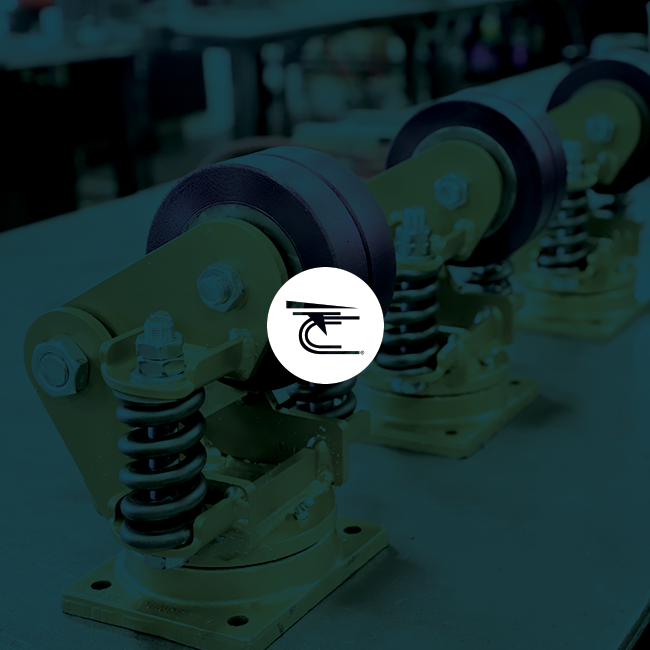

In the workplace, the true function of casters is often taken for granted. They exist to move loads from one location to another, whether on fixed rails, via a tug, or even manually. However, using the wrong caster can put your workers at risk in several different ways. Here are some of the ways in which a carefully-chosen caster wheel can make your workplace safer.
Heavy duty steel casters are designed to take on some of the heaviest loads in any production or manufacturing environment. Sometimes they are responsible for the movement of tens of thousands of pounds of awkward parts, and in other cases, they may even be required for moving molten metal. In either of these cases, caster failure can be disastrous and lead to significant employee injury or even death. Choosing the right heavy-duty caster promotes workplace safety by reducing the risk of equipment failure and ensuring the proper movement of any load.
Certain types of casters are designed to provide improved benefits in certain types of environments. For example, casters with brakes allow individuals to stop their loads quickly, even despite their weight. When a cart or rack is in motion and comes across an individual or another cart or rack, the ability to stop quickly and safely is key. For this reason, it is important to think about the way the load moves, how it moves, and how many loads are in motion at once when choosing the right caster for your unique needs.
Hearing loss is the second most common workplace injury in the country according to the United States Bureau of Labor Statistics. Unlike certain other types of injuries which often heal with time, hearing loss does not. When an employee has lost his or her hearing, it is gone forever. Though casters alone often will not cause hearing loss, it’s the additional sound and noise they create in an already noisy environment that is of concern. Choosing casters that limit noise will go a long way toward protecting your employees’ hearing and even improving workplace productivity through more effective communication.
A lack of ergonomics in equipment – including casters – leads to the number one injury in the workplace: overexertion. Employees who suffer from overexertion injuries often work too hard to move or stop loads, leading to significant injury. For this reason, it is vital to choose casters designed to reduce exertion force, or to choose drive casters that allow for controlled movement. Making the switch prevents injury, which will in turn save money, enhance workplace productivity, and even improve workplace morale.
Choosing the right heavy-duty casters is vitally important to the safety of your workplace. The wrong casters can fail, or they can even lead to overexertion injuries that cost businesses well over $15 billion each year, collectively. With the right information – and the right caster company – it is possible to save money and reduce injuries significantly.